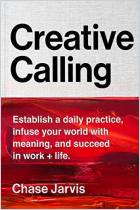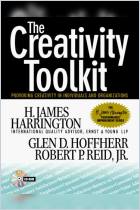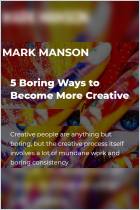How can you cultivate and practice creativity while still running a business and managing personal obligations? In this episode of their podcast for creative entrepreneurs, Being Boss, co-hosts Emily Thompson and Kathleen Shannon take a break from talking about business and focus on the process and act of being creative, just for its own sake. The pair discuss how pure creativity differs from business-related creativity, what things can help or hinder creativity, and offer some helpful exercises for those who find themselves struggling to reconnect with their creative selves.
Creativity applied to business differs from creativity for its own sake.
Business-related creativity usually requires structure and communication. You must have a clear process so that you can achieve your end goal within a given time frame and ensure a more or less uniform outcome each time you follow the said process. For example, if you are writing a book, you might start with a table of contents, then start writing chapters. Furthermore, in business, you must share your creative process, be able to articulate it to others and explain why you are doing what you’re doing. In a hobby setting, by contrast, you don’t need to explain yourself to anyone. There is no timeline or set structures for accomplishing that which you wish to create.
A positive mind-set will move you from thought to action in your creative endeavors.
Mind-set is paramount in any creative endeavor. In order to act creatively, you must feel safe. But if you lack belief in your creative abilities, that feeling of security is ...
Emily Thompson owns Almanac Supply Co., a maker and retail business. Kathleen Shannon is the founder of Braid Creative and Consulting. The pair co-host Being Boss, a podcast for creative entrepreneurs, freelancers and side-hustlers.




















Comment on this summary or Diskussion beginnen